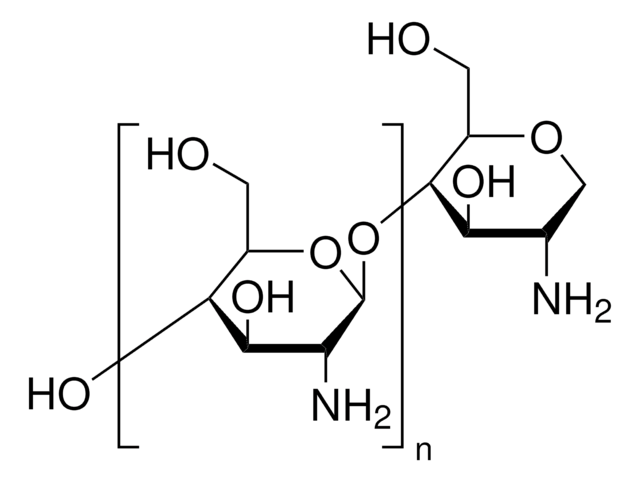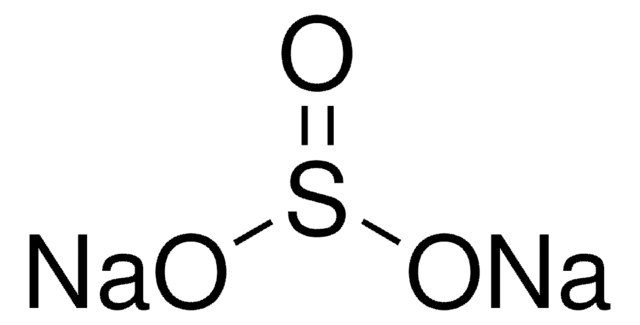244155
Natriumchlorit
technical grade, 80%
About This Item
Empfohlene Produkte
Qualität
technical grade
Qualitätsniveau
Assay
80%
Form
flakes
powder or crystals
pH-Wert
10-11 (20 °C, 100 g/L)
SMILES String
[Na+].[O-]Cl=O
InChI
1S/ClHO2.Na/c2-1-3;/h(H,2,3);/q;+1/p-1
InChIKey
UKLNMMHNWFDKNT-UHFFFAOYSA-M
Suchen Sie nach ähnlichen Produkten? Aufrufen Leitfaden zum Produktvergleich
Allgemeine Beschreibung
Anwendung
Signalwort
Danger
Gefahreneinstufungen
Acute Tox. 2 Dermal - Acute Tox. 4 Oral - Aquatic Acute 1 - Aquatic Chronic 1 - Eye Dam. 1 - Ox. Sol. 1 - Skin Corr. 1B - STOT RE 2
Zielorgane
spleen
Zusätzliche Gefahrenhinweise
Lagerklassenschlüssel
5.1A - Strongly oxidizing hazardous materials
WGK
WGK 2
Flammpunkt (°F)
Not applicable
Flammpunkt (°C)
Not applicable
Analysenzertifikate (COA)
Suchen Sie nach Analysenzertifikate (COA), indem Sie die Lot-/Chargennummer des Produkts eingeben. Lot- und Chargennummern sind auf dem Produktetikett hinter den Wörtern ‘Lot’ oder ‘Batch’ (Lot oder Charge) zu finden.
Besitzen Sie dieses Produkt bereits?
In der Dokumentenbibliothek finden Sie die Dokumentation zu den Produkten, die Sie kürzlich erworben haben.
Kunden haben sich ebenfalls angesehen
Unser Team von Wissenschaftlern verfügt über Erfahrung in allen Forschungsbereichen einschließlich Life Science, Materialwissenschaften, chemischer Synthese, Chromatographie, Analytik und vielen mehr..
Setzen Sie sich mit dem technischen Dienst in Verbindung.

















